Though some glass noodles look fairly clear, most of the noodles under this moniker have a cloudy, opaque look and can be either snowy white, light gray, or subtle shades of brown. This all depends on what the starch is used, be it mung beans, potatoes, sweet potatoes, or tapioca.
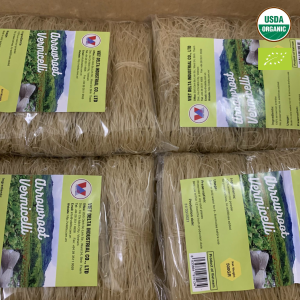
Glass Noodles vs. Rice Vermicelli
While both of these foods are gluten-free, glass noodles are commonly made with mung bean flour while vermicelli is made with rice. Rice vermicelli is also always a solid white and doesn’t have the transparency of glass noodles. It’s easy to get the two foods confused. Aside from looking similar, both ingredients get used in soups, stir-fries, and served cold in salads.

Glass Noodle Uses
One of the best things about glass noodles is they can be served hot, tepid, or cold. Hot glass noodles are found in soups and hot pot to give the dishes some heft and starchy notes. Many stir-fries and noodle dishes get served at room temperature, which works just fine for this ingredient.
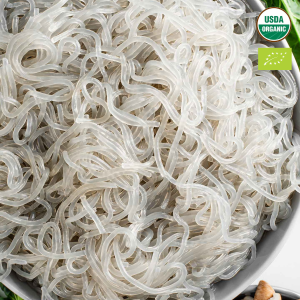
How to Cook With Glass Noodles
Dried glass noodles can be boiled for about three to five minutes depending on the thickness. They can also sit in warm water and soften that way. Once cooked, toss into a hot pan with sauteed vegetables and sauce for a savory noodle dish. Or add the glass noodles into a soup or hot pot set up. If making a salad, chill the noodles for about an hour before and serve cold.
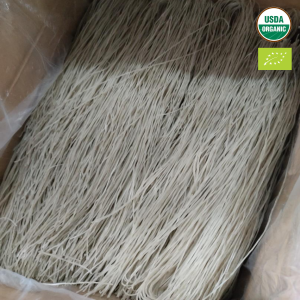
The products we offer are USDA and EU certified organic with a Guaranteed Organic Certificate for each shipment.

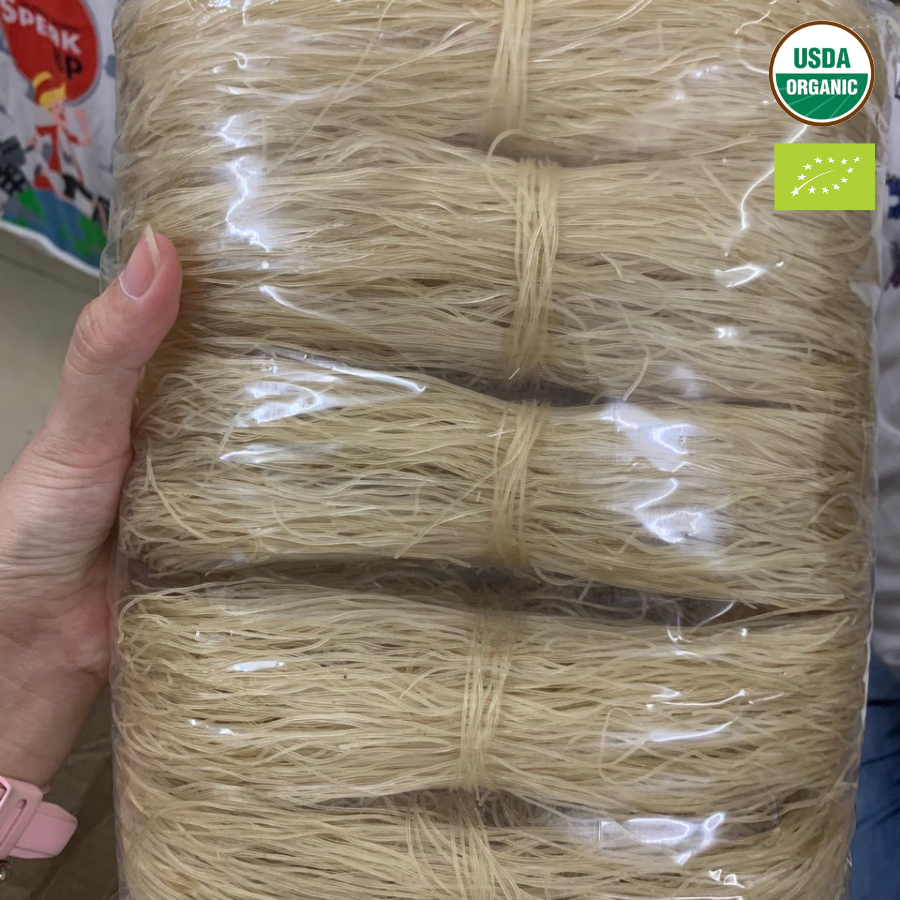
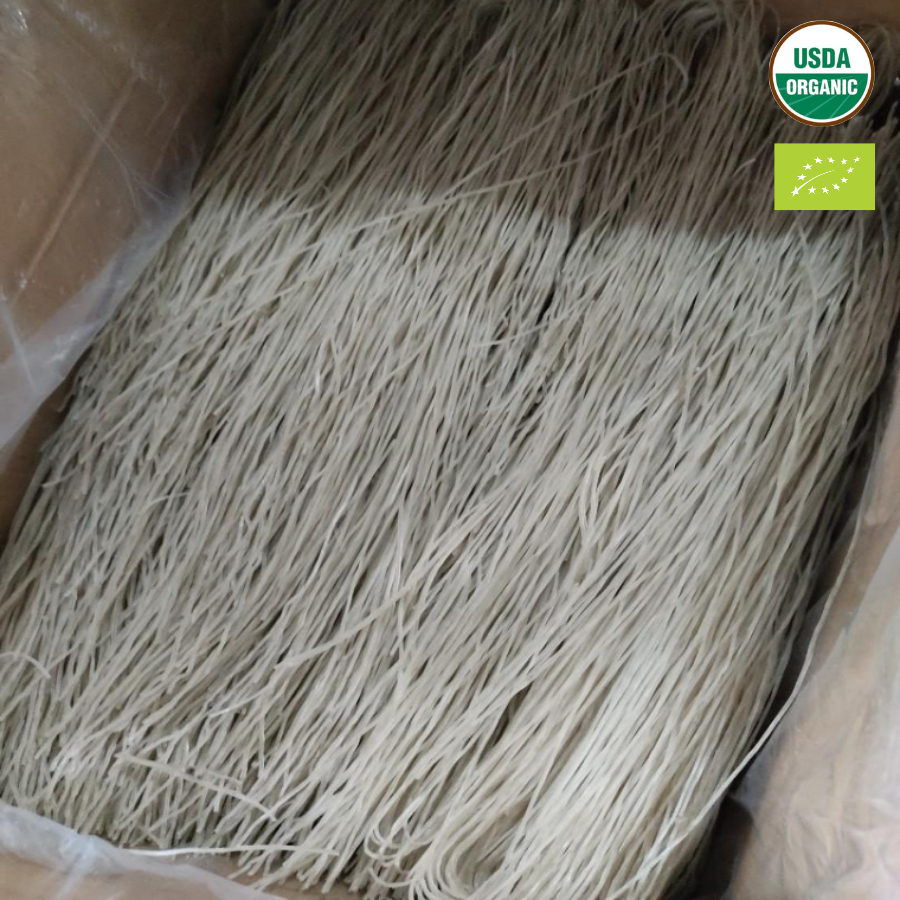
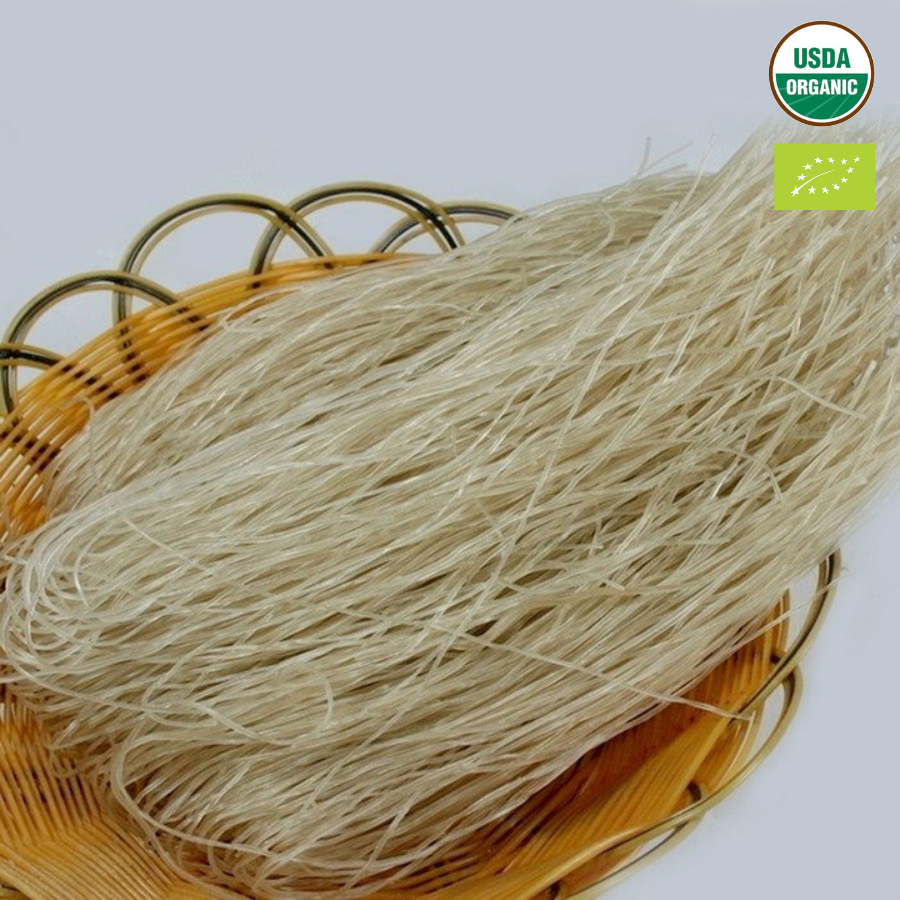
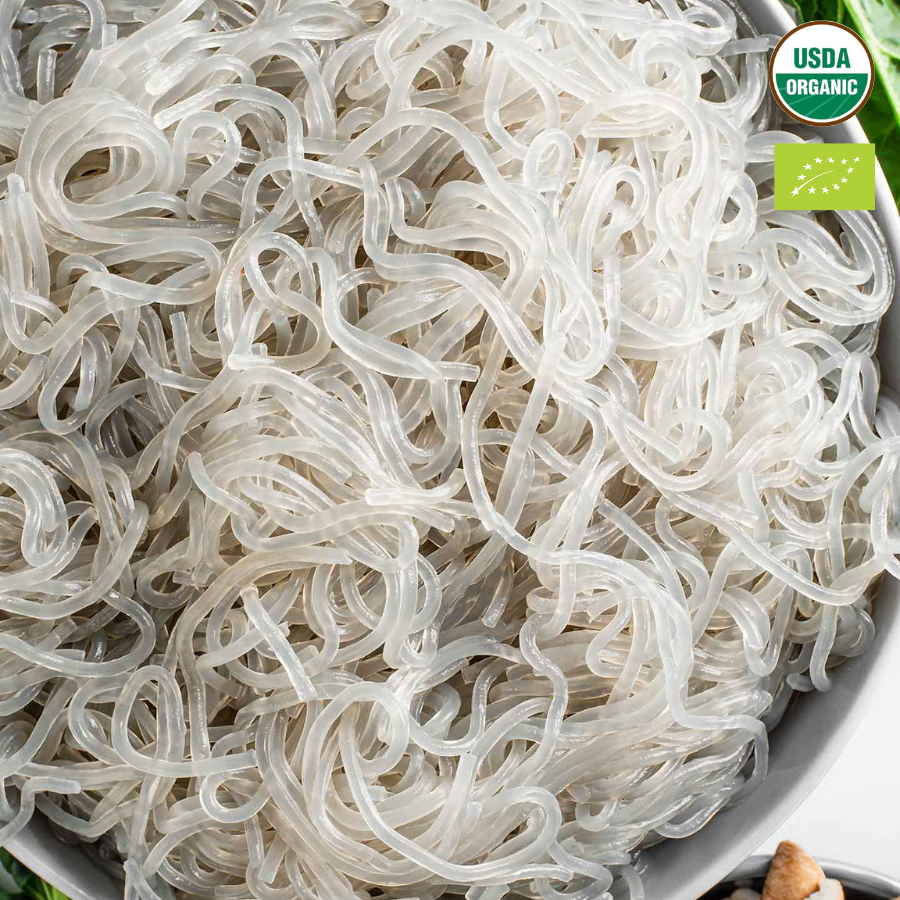
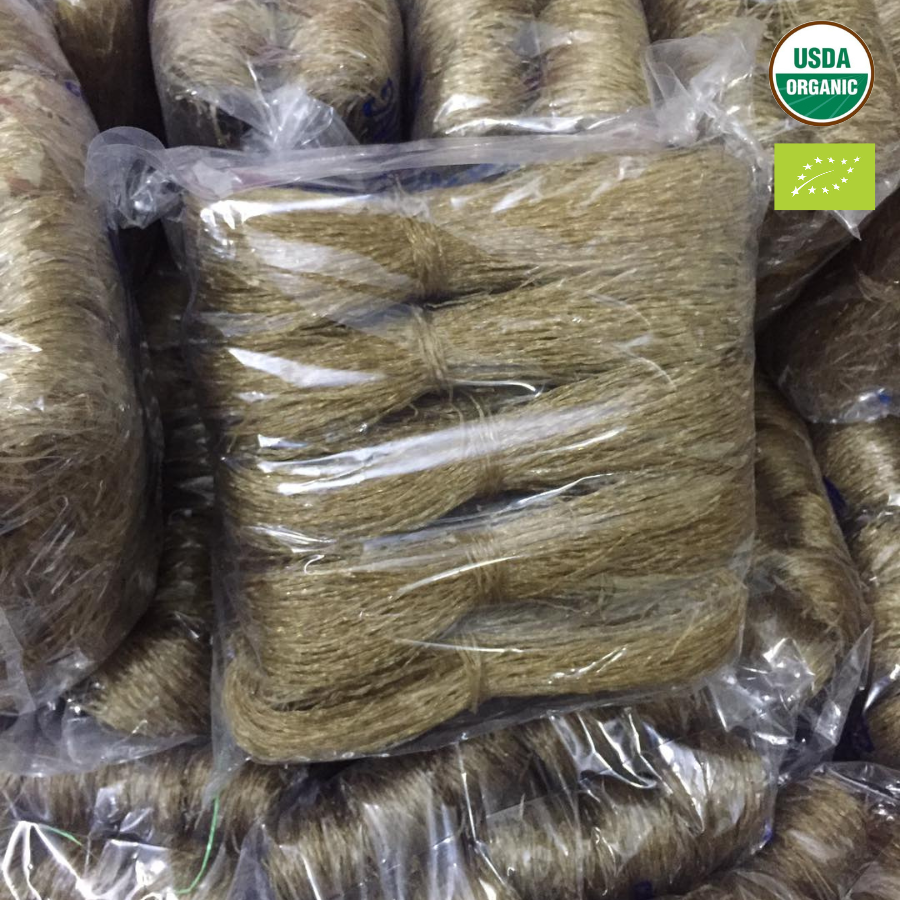
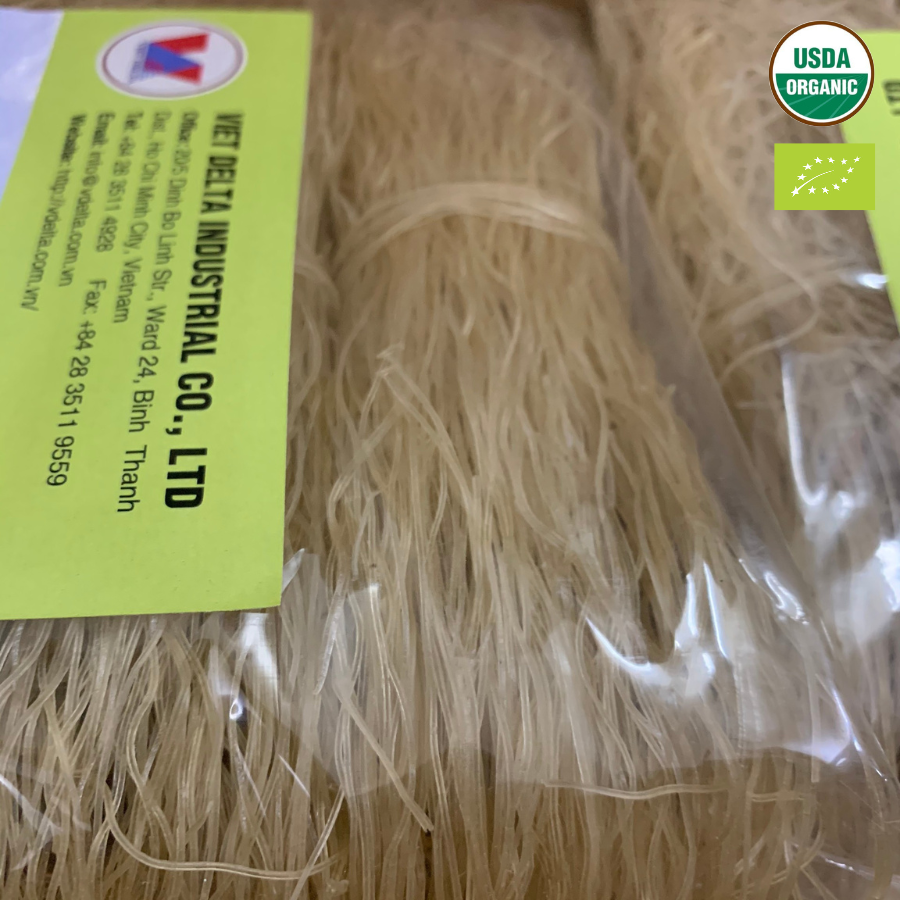
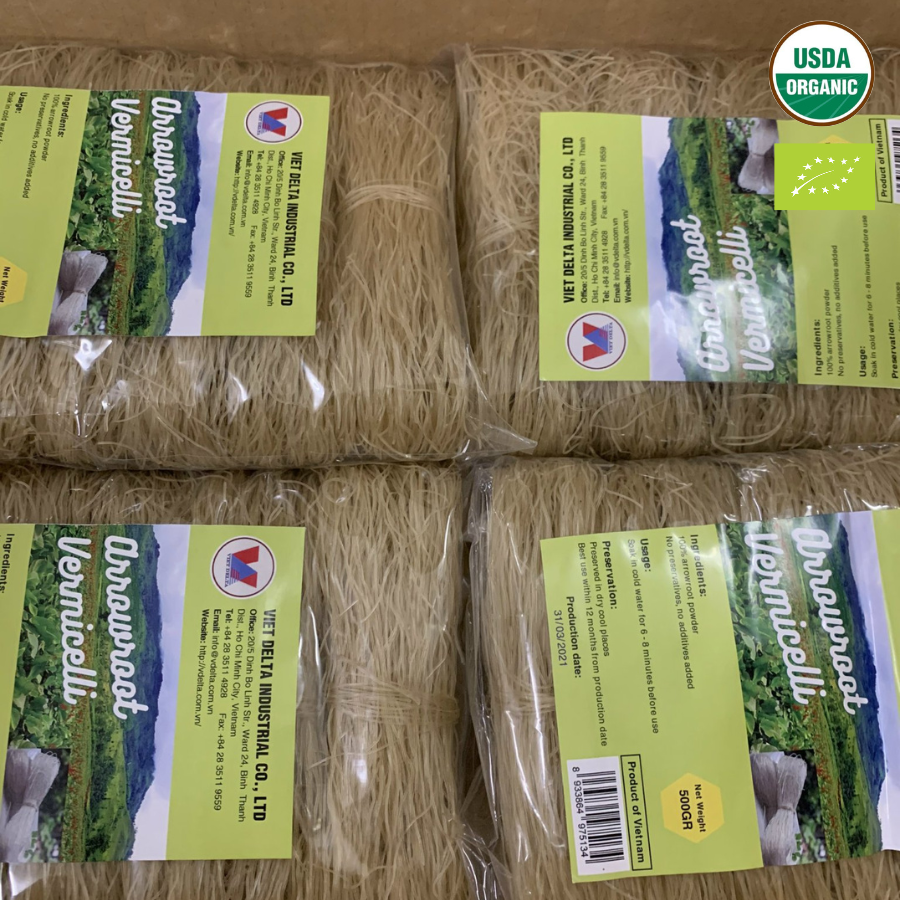

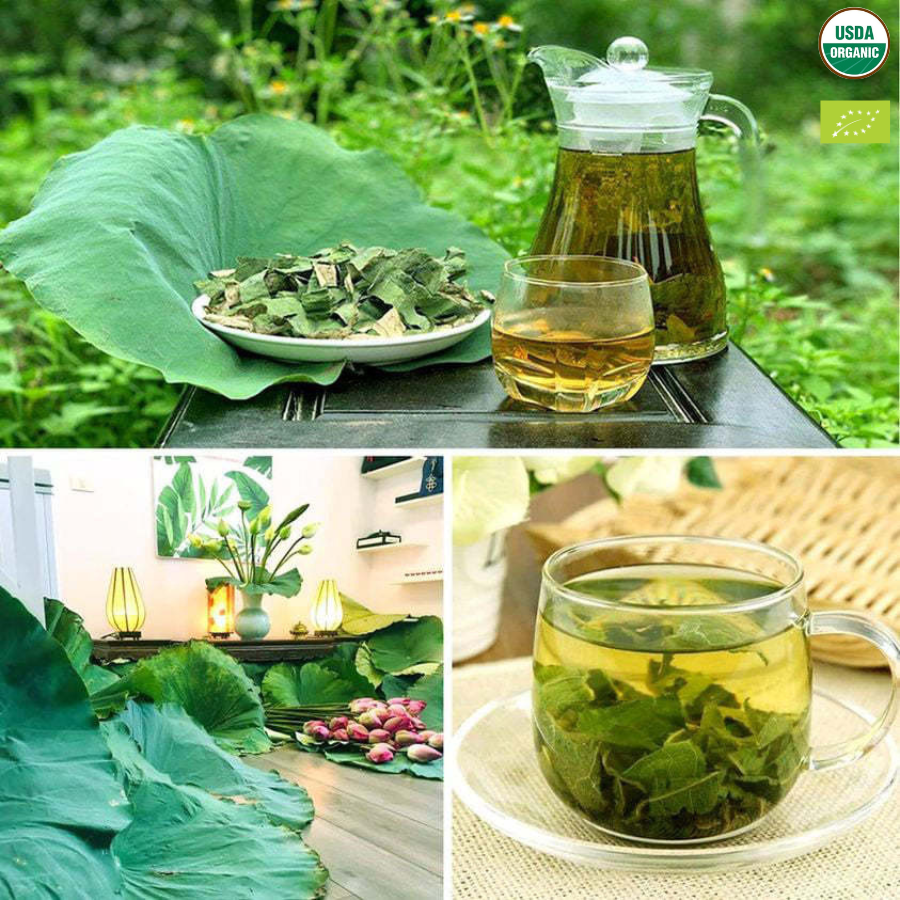
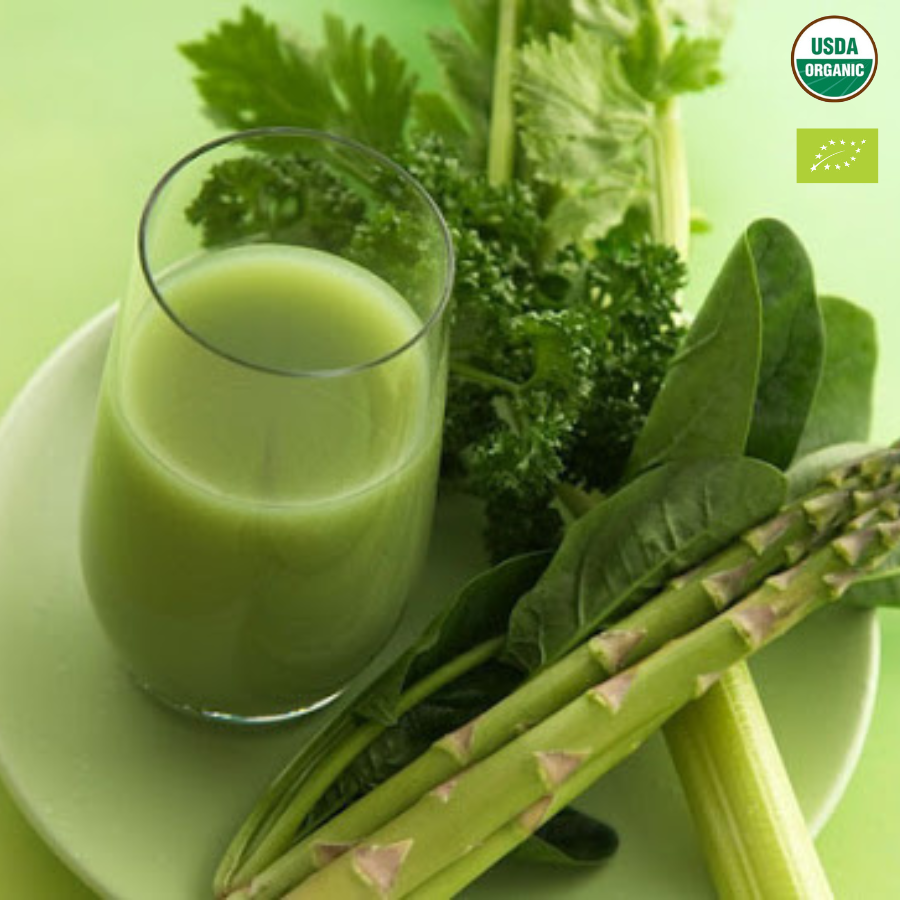
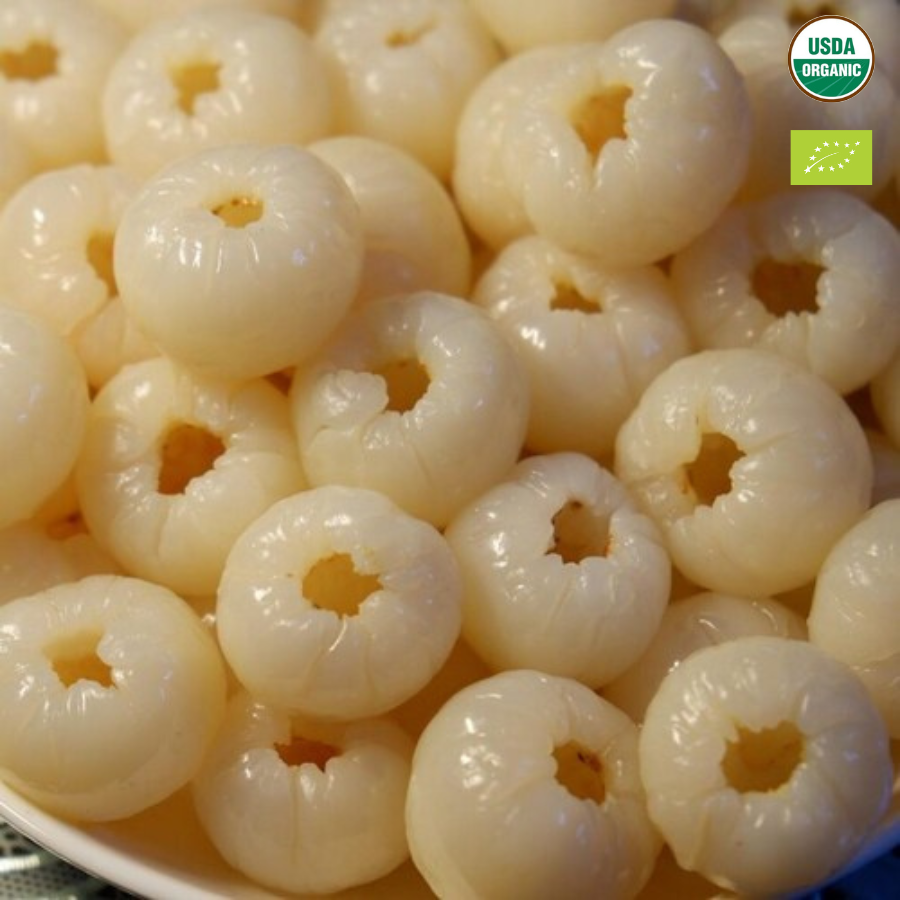

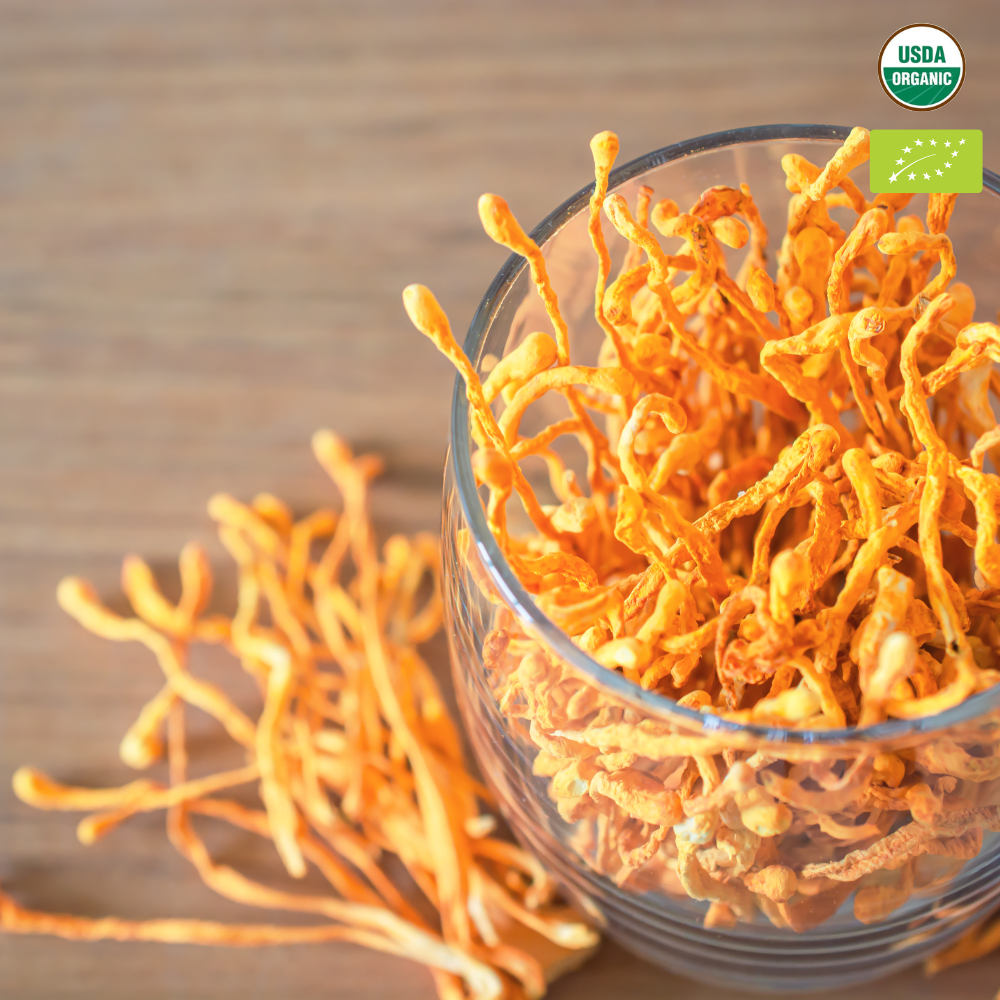





Reviews
There are no reviews yet.